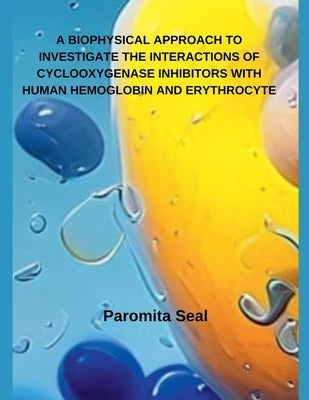Before you leave...
Take 20% off your first order
20% off
Enter the code below at checkout to get 20% off your first order
Discover summer reading lists for all ages & interests!
Find Your Next Read

For last few decades, drug-protein interaction plays a crucial role in the transport and distribution of various molecules in the physiological system. Interaction between ligand and biomolecules especially protein (3) has motivated interdisciplinary research concerning both synthetic and analytical biochemists to ascertain the biological function of small molecules. However, blood proteins enact the most active and assorted roles in cells by delivering diverse functions including the control of biochemical reactions, providing intracellular and extracellular scaffolding, transport of different bio-molecules, controlling enzymatic action, and building the immune system (4). Generally, drugs are administered through several routs like, oral, sublingual, buccal, topical, parenteral, transdermal, subcutaneous, intramuscular, intravenous, vaginal and rectal. After being distributed in the circulating blood drugs bind to their carrier proteins in the plasma in varying degrees. In common, such binding is undergoes reversible and rapid equilibrium process between bound and free molecular species.
Thanks for subscribing!
This email has been registered!
Take 20% off your first order
Enter the code below at checkout to get 20% off your first order